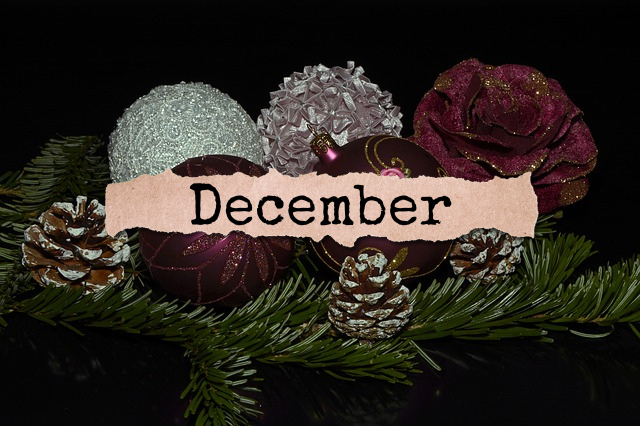Censuses are the first records most people look at when getting started with family history, and with good reason. Censuses are widely available records that give us a snapshot of an individual, couple, or family every ten years or so. The types and frequency of censuses vary by country, state, and province. The most popular censuses are the U.S. Federal Censuses, followed by state, Canadian, and UK censuses, and veterans enumerations, just to name a few.
U.S. Federal Census
The United States takes a federal census, which means they account for every person in every town in every county in every state, every ten years. This practice of enumerating the population began in 1790 and has continued ever since.
The censuses currently available online at FamilySearch.com and other websites are 1790 through 1940. The 1950 census will be released to the public in April of 2022. Most genealogists start with the most recent census and work their way back through censuses to 1930, 1920, 1910, and so forth.
Not all U.S. federal censuses collected the same information. Here’s a breakdown of what to expect each decade:
1790-1840 Censuses
These census years offer the least personal information, but are still very useful in your research. From 1790 to 1840, the government collected the name of the head of household, who was usually male (though sometimes female), the number of people residing in the household, the age categories of those residents, and other bits of information, such as how many people were involved in agriculture.
Censuses are organized by state and town. Even if you can’t confirm between 1790 and 1840 whether or not William’s wife was Mary, and that they had four daughters by 1820, you can at least confirm that he lived in the town of Anywhere, USA and had five females in various age categories within the household. Who knows – you might find William and Mary thirty years later in…
1850-1870 Censuses
This is where many genealogists give a cheer, since the government expanded the census-taking to include the names of all people residing within a household, as well as their specific ages. You can also see a family’s street address starting here. This doesn’t necessarily mean the census records you will find are perfect – far from it! The censuses suffer from human error on three sides.
Sometimes the person giving the information was not accurate. This might have been because the person responding to the census taker’s questions was a child or distant relative or neighbor of the family, and did not know the precise ages of the members of the household. The census-taker might also have written a name down with a close, but incorrect spelling. Finally, if you are accessing a transcription rather than an image of a census, the transcriber might have misread or mistyped information. This is understandable, since the handwriting back then is very different from what most people are accustomed to now.
Still, these censuses are of huge help in documenting a family’s names, children, potential dates of birth, and residences!
1880 Census
If the censuses from 1850 through 1870 are a vast improvement over the previous decades, then 1880 is the year the census makes another leap forward in usefulness. As of this decade, census takers began asking for the birth places of the respondents’ parents.
Once again, this system is far from perfect. I have a great-great grandmother whose parents have been listed as being born in four different places over four different censuses (Maine, Massachusetts, Canada, and England and Scotland). Whatever the answer may be, I’ve learned I can’t rely on the census for it in this instance! As with the prior decades, take the information you find with a grain of salt. The person giving it might not be the one most knowledgeable about the family being enumerated at the time.
1890 Census
Nothing. Nada. Zip. Zilch. Sorry, tiny researcher!
Sadly, the majority of the 1890 census schedules were lost in a fire at the National Archives. A few do exist and you can find them online at FamilySearch and other sites. However, those few remaining censuses are limited to small, specific areas.
1900-1940 Censuses
The census questions remained fairly consistent from 1900 onward. You will find various questions include age at first marriage, number of children a woman had, number of children still living, questions related to whether or not a person was a citizen or naturalized, and their work, just to name a few.
There are various other enumerations and special schedules too, including the 1890 Veterans Census, mortality schedules, and state censuses. The state of Massachusetts, for example, held a state census every 10 years. You can find the complete 1855 and 1865 Massachusetts State Censuses at FamilySearch. If these are available for the states where you are researching ancestors, these can be especially helpful for bridging the gap left by the 1890 census, as can local directories.
When most people join a subscription site for genealogy, censuses tend to be the major draw. However, you can find many federal and state census images free at FamilySearch.
UK & Canadian Censuses
Another set of censuses you can find both for free and pay are those from other countries, specifically Canada and the UK. These were also taken every decade and are available from 1841 through 1921. In addition to FamilySearch and pay sites, you can also find the Canadian censuses at the Library and Archives of Canada.
One last caveat about censuses: keep in mind not every family appeared every decade. I’ve researched families easily discovered in the 1850, 1860, and 1870 censuses, only to have them disappear in 1880. They were still alive, according to other available records, yet for some reason they were skipped or perhaps simply not at home during the 1880 enumeration. If you run into this problem, there are plenty of alternative resources out there to verify your ancestors’ existence at the time – vital records, land records, court and probate records, and much more. Censuses are one of many tools available to you in your genealogical endeavors!







